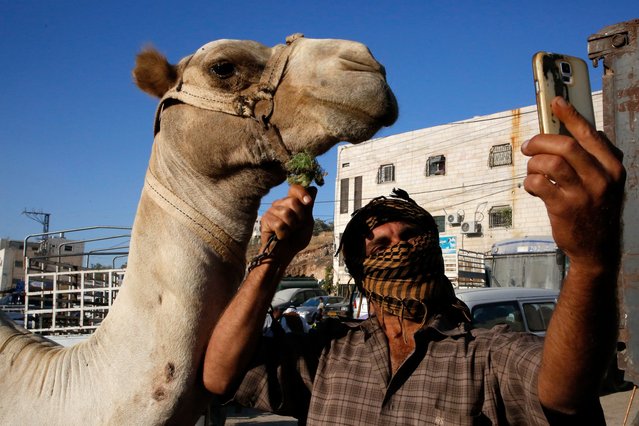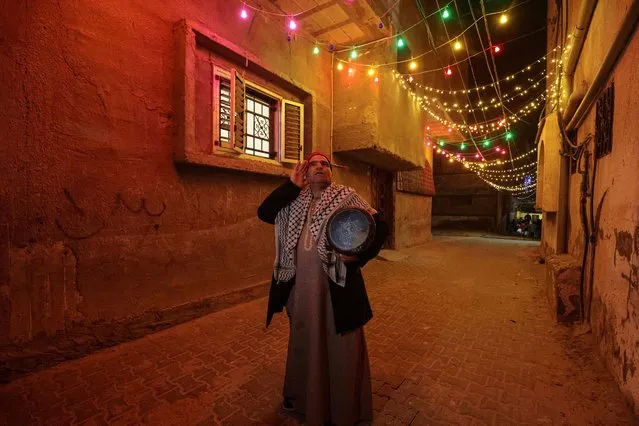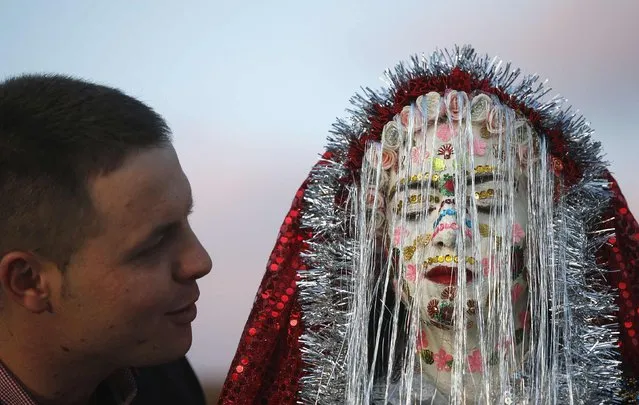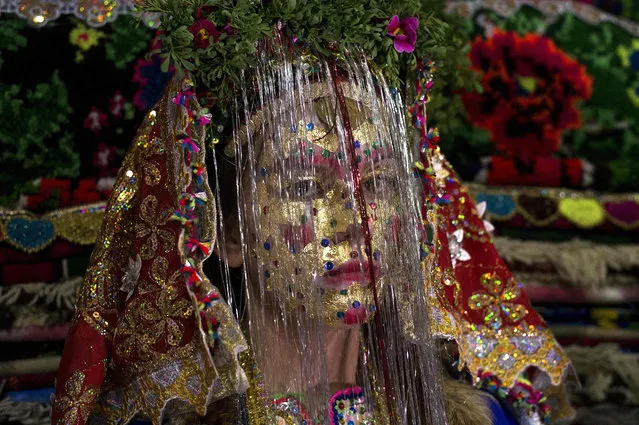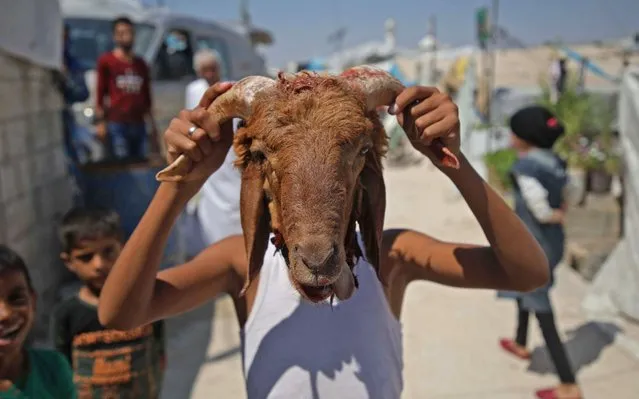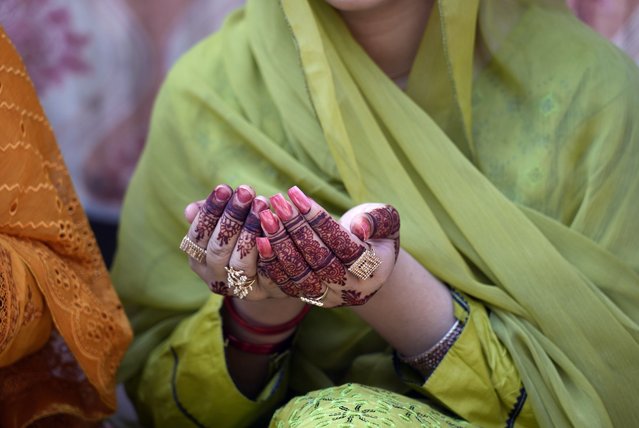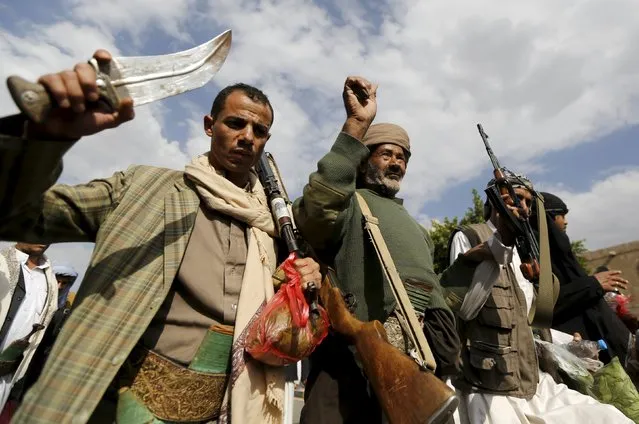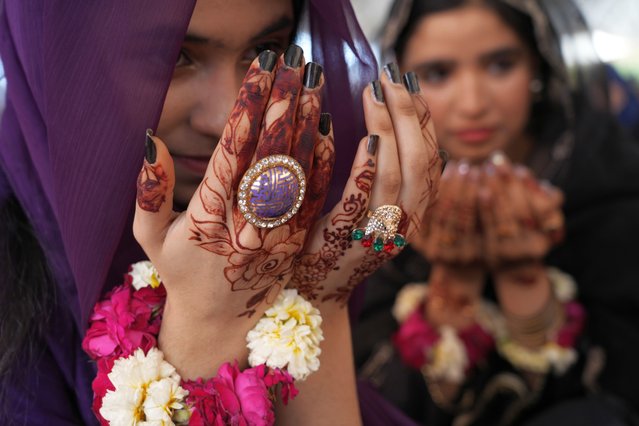
Muslim girls have their hands painted with traditional henna as they attend an Eid al-Fitr prayer, marking the end of the fasting month of Ramadan, at historical Badshahi mosque in Lahore, Pakistan, Wednesday, April, 10, 2024. (Photo by K.M. Chaudary/AP Photo)
11 May 2024 05:20:00,post received
0 comments

